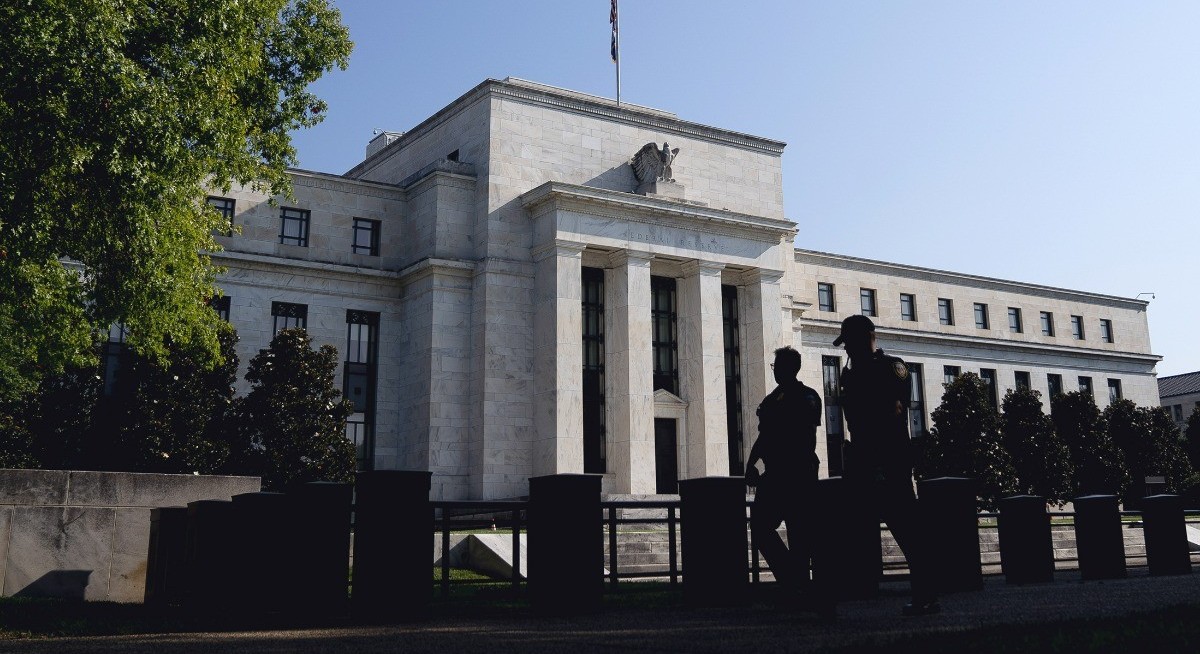(Oct 22): The Federal Reserve (Fed) has shown other US regulators the outlines of a revised plan that would dramatically relax a Biden-era bank capital proposal for Wall Street’s largest lenders, according to people familiar with the matter.
Some officials have calculated that the terms of the Fed’s plan would lead to an increase of between about 3% and 7% in aggregate for most big banks, said the people, who asked not to be identified discussing the plans. Although there’s no specific projection in the outline, those estimates are lower than the 19% increase in the 2023 proposal and the 9% bump floated in a compromise version last year.
Lenders that have bigger trading portfolios could see less of an increase — or even a decrease — tied to the new requirement, said some of the people.
Although the plans are preliminary, the move would likely be cheered by Wall Street banks that fiercely campaigned against the initial US version of the proposal dubbed Basel III Endgame. Critics argued that a significant capital hike could raise the costs of lending and put US banks on weaker footing against international rivals, while supporters said it was important for financial stability.
The Fed is aiming to unveil a new plan, which is not yet final, as soon as the first quarter of 2026, Bloomberg has reported. Fed Vice Chair for Supervision Michelle Bowman, who was tapped by President Donald Trump for the role earlier this year, is now taking the lead in crafting the new measure.
As part of the revised outline, regulators are also considering a potential opt-out for midsize banks if they agree to other capital strictures, the people said.
See also: US CPI rises less than expected, keeping Fed on track to cut
US officials haven’t yet reached a deal, but regulators are largely in agreement on the direction of the measure, the people said. Bowman has had discussions with the heads of the Federal Deposit Insurance Corp (FDIC) and the Office of the Comptroller of the Currency (OCC), who must sign off on the plan, according to people familiar with the matter.
A spokesperson for the OCC didn’t respond to a request for comment. Representatives for the FDIC and the Fed declined to comment.
Large banks have already shown more confidence in handing profit back to shareholders as regulators move to relax the enhanced supplementary leverage ratio and ease some aspects of the annual stress tests. The six biggest US banks boosted their stock buybacks by about 75% in the third quarter to more than US$27 billion (RM114.21 billion).
See also: US bank reserves fall second week, extend drop below US$3 tril
Market risk
Treasury Secretary Scott Bessent has previously suggested not using aspects of the 2023 proposal that would have had some banks comply with the higher of two different methods of measuring their risk capital requirements. The outline of the plan under consideration avoids that Biden-era approach.
Regulators are weighing changes to how the proposal assesses the level of risk tied to trading, wealth management and investment-banking activities — collectively known as market risk, according to the people familiar with the matter.
This part of the new plan might have a significant effect on banks with large trading businesses. In letters to regulators, industry groups previously said the original Biden-era proposal would lead to outsized increases in market-risk capital and would discourage diversified trading-business models.
The Fed document may serve as a guide for regulators around how to allow for a reduction in the capital that banks must allocate against fee-based business lines such as wealth-management services and certain credit-card operations.
Uploaded by Chng Shear Lane





